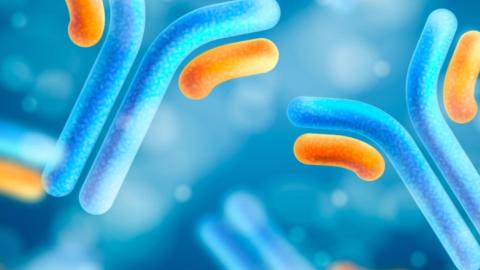Welcome to the BioNordika Science Hub - time to get smarter!
Subscribe to our newsletter for updates on new applications, products, exciting events, and campaigns. We typically send 1-2 newsletters monthly, but only when we have something interesting to share.
Subscribe
Du er næsten i mål. For at færdiggøre din tilmelding skal du venligst klikke på linket i den mail, som vi lige har sendt til dig.
{{Email}} er allerede tilmeldt listen.
Der er sket en fejl. Prøv igen.
Shortcuts:
Science Hub: Knowledge sharing and insights
Recent articles

Cell Imaging Systems
Whether you need a high performance fuorescence imaging system or a high content imaging and analysis system to quantify complex cellular phenotypes, we have you covered.
Read more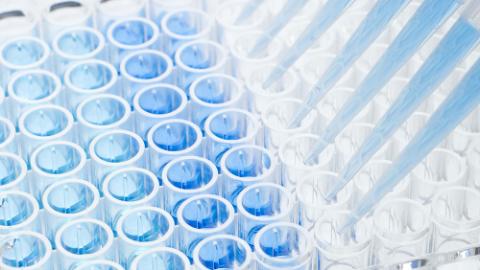
High-quality Pipette Tips
Our portfolio of pipette tips contains high-quality tips from Greiner Bio-One and Cleaver Scientific. We offer a broad range of variants and products in different pack sizes such as bulkware, filter, low retention, in racks and refill units.
Read more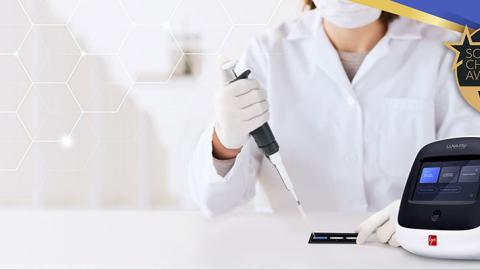
Count cells like a boss
The LUNA™ family offers cell counters for all research purposes. This instrument is very simple, easy to use, high efficiency cell counting with less time required to count the cells.
Read more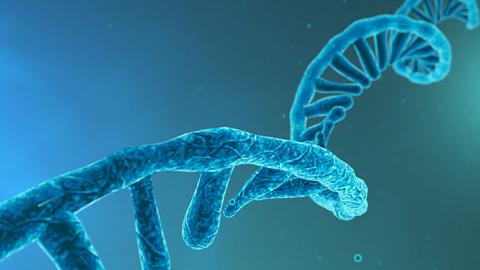
RNA therapeutics – tips
Current clinical trials for mRNA vaccines are targeting melanoma, respiratory syncytial virus (RSV), seasonal influenza and genital herpes. BioNordika can cover researchers puzzling with pre-clinical stage of mRNA vaccine research also in GMP gradient.
Read more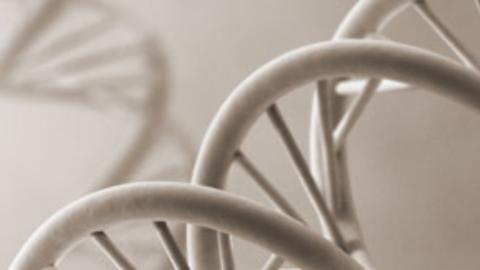
Free samples from NEB
NEB offers a wide variety of high quality solutions covering for example a whole range from nucleic acid purification, PCR amplification to DNA assembly/cloning, as well as NGS library preparation.
Read more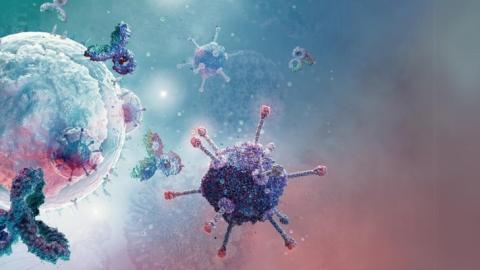
CAR-T Therapy Research Tools from CST®
First-to-Market CAR Detection Reagents for CAR-T Research: Anti-CAR Linker mAbs.
Read more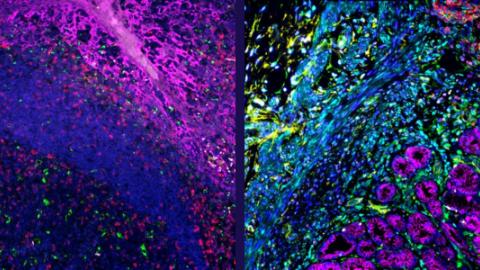
VectaPlex™ Antibody Removal Kit
Your path to simplified multiplexing starts with VectaPlex™ Antibody Removal Kit
Read more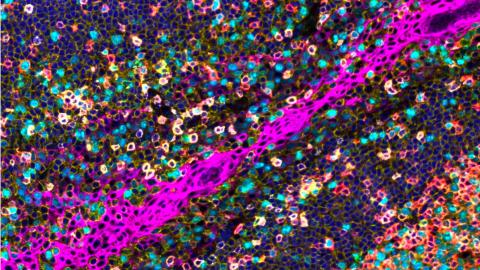
Spatial Biology Has a New Star!
SignalStar technology is up to 70% faster from sample to imaging than other mIHC methods.
Read more
Library Prep Kits for DNA & RNA
The NEBNext UltraExpress Library Prep Kit is the latest generation of NEBNext DNA and RNA library prep.
Read more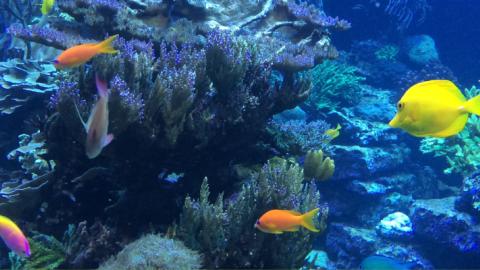
IVDR-certified Cytocell FISH probes
The first IVDR-certified Cytocell FISH probes are here!
Read more
SARS-CoV-2 sequencing
NEBNext ARTIC products for Illumina® and Oxford Nanopore Technologies® sequencing
Read more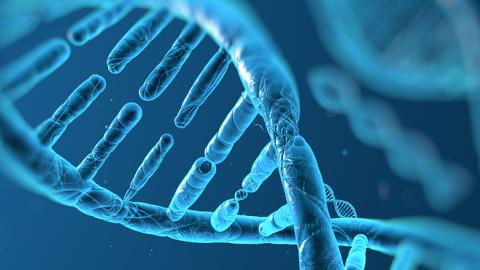
Molecular controls for infectious disease testing
Quality Control solutions for Molecular Infectious Disease testing
Read more
PCR dispensing service - your specified format and design
Highly flexible and custom service for the preparation and delivery of your Lab Developed Tests (LDTs).
Read more
Neurodegeneration Discovery
Neurodegeneration Discovery: Guides and latest products
Read more
In vivo Functional Grade Antibodies
The Assay Genie in vivo functional-grade antibodies are high purity, low endotoxin monoclonal antibodies
Read more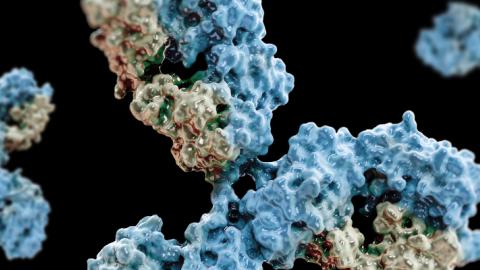
CUT&RUN Assay kit from CST
Get fast and accurate result with CUT&RUN kits from CST
Read more



